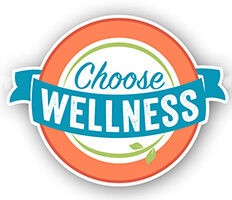Sodium has many benefits in your body, such as controlling the fluid balance, and maintaining blood volume and blood pressure. However, having too much sodium in your diet can lead to raised blood pressure and can cause fluid retention. The American Heart Association recommends about 1,500 mg of sodium a day for adults, but on average, Americans tend to consume more than 3,400 mg a day. By simply cutting back your sodium intake by 1000 mg a day, you can drastically improve your overall health.
Sodium and salt are two words that are usually used interchangeably, but are not the same thing. Sodium is a mineral that can be found naturally or added during processing. Salt is a combination of sodium and chloride. It is said that about 70% of the amount of sodium people eat actually comes from packaged, processed and restaurant foods, not from the table salt. In order to cut back on the amount of sodium consumed, try incorporating these tips into your daily routine:
- Reduce the amount of salty foods in your diet, look for low sodium products with under 140 mg per serving
- Reduce the amount of salt you add during cooking
- Season your foods with spices, herbs or pepper rather than salt
- Avoid foods that have 400 mg or more sodium because these foods are considered high in sodium
- Try having more home-cooked meals
- Avoid smoked, cured, salted or canned meats
- Avoid salted nuts
- Avoid mixes or boxed meals
- Use low sodium or no sodium can vegetables
- Select condiments that are reduced or low sodium
- Drain and rinse canned foods
- You can cut the amount of sodium by around 40%
According to the American Heart Association the foods that contain the most salt in the American diet are:
- Breads and rolls
- Pizza
- Sandwiches
- Cold cuts and cured meats
- Soup
- Burritos and tacos
This list may seem surprising, but many companies add sodium for preservation and enhancing flavor and texture. It is important to look at the labels to find the lowest sodium options to help improve your health.

